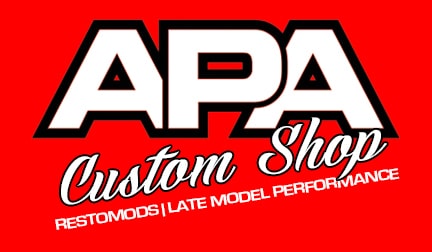The goal of CAFE (Corporate Average Fuel Economy) standards is to increase the average fuel efficiency of all the vehicles on the road to 54.5 MPG by 2025. Every few years until then, manufacturers have a benchmark average MPG to reach. For 2016, the CAFE benchmark is 35.5 MPG. In order to meet these goals, OEMs are improving the efficiency of other vehicle systems such as the engine and transmission.
In the transmission system, the focus is on the viscosity of automatic transmission fluid (ATF). ATF has gotten thinner and thinner and OEMs’ recommendations have begun to reflect that. In fact, 40 percent of new passenger cars in the U.S. call for low viscosity ATF. By 2022, that number is expected to be almost 75 percent. Low viscosity ATF offers a number of advantages over high viscosity ATF:

Better fluid flow—Because low viscosity ATF is thinner, the transmission does not have to work as hard to push fluid through the system, improving efficiency and increasing power to the wheels.
Better shear stability—High viscosity fluid (thicker) tends to shear down or break down into a lower viscosity fluid. Sheared down fluid has lost the ability to protect transmission components. Modern low viscosity ATF is thinner but still provides adequate film strength while maintaining a consistent, stable viscosity over time.
Better technology—Low viscosity ATF is the cutting edge of ATF technology. It has active chemistry that allows it to not only last longer than high viscosity ATF but also protect the transmission for tens of thousands of miles.
Extended drain intervals
On top of calling for thinner fluid, some OEMs have extended their recommended drain intervals. A few years ago, many OEMs claimed that their transmissions could be filled for life. While major OEMs have gone away from this claim, some still have drain intervals that far exceed an ATF’s ability to protect a transmission. For instance, Ford’s maintenance schedule calls for an ATF change at 150,000 miles (241,000 km)!
The reasoning behind extended drain intervals stems from OEMs’ desire to keep the cost of vehicle ownership as low as possible. A longer service interval gives the consumer the perception that they’re spending less to maintain their vehicle. However, this creates a problem for OEMs: waiting 150,000 miles (241,000 km) for an ATF exchange could potentially do irreparable damage to the transmission, requiring transmission replacement and causing the cost of ownership to skyrocket. In that case, preventive maintenance lowers cost of ownership compared to component replacement.



